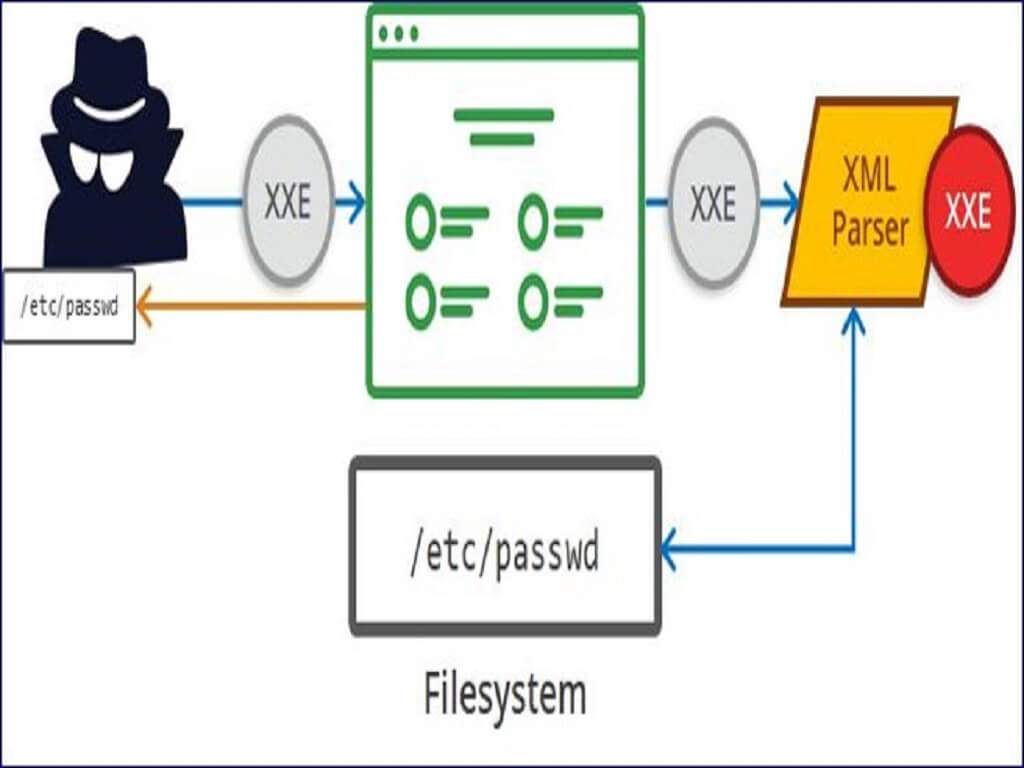Introduction
Numerous different types of assaults are being used by attackers to compromise business-critical data. Zero-day attacks, supply chain attacks, and other types of attacks are the best examples. Still, one of the easiest ways for attackers to gain access to your organisation is through password compromise. In this blog we will speak about what are known as "password spraying attacks" and how we can defend against them.
Be aware of compromised login credentials.
Is it possible that your credentials have been compromised, putting your organisation at risk? Yes! Compromised credentials allow a hacker to use valid credentials to "walk through the door" of your organization. They will take over all of the compromised account's privileges and permissions to systems, data, and resources.
It's worse when a privileged account gets addressed and hacked. Privilege accounts are accounts with high levels of access, such as an administrator user account. To a hacker, these types of accounts are the "dreams of an attacker," as they generally contain the "keys to the domain" in terms of access. A hacker, for example, can use an administrator account to not only get access to systems but also to construct backdoors and high-position accounts that are difficult or impossible to find or detect.
What is password spraying attack?
Password spraying is considered a high-volume attack tactic in which an attacker uses common passwords for multiple user accounts to gain access. To be clearer, password spraying differs from brute force attacks in that it tries a single password against several user accounts before attempting a different password on the same account. This allows the attacker to dodge or bypass the usual account lockout protocols, enabling them to keep trying more and more passwords.
An attacker can target a specific or random user by using as many passwords as possible from either a dictionary or an edited common list of passwords. Password spraying isn't a targeted attack; it's just one malicious way of acquiring a list of email accounts or gaining access to an active directory and attempting to sign in to all the accounts using a list of the most likely, popular, or common passwords until they get a successful hit.
The key takeaway, or the main advantage from password spraying, is that user accounts with old or common passwords form the weak link an attacker can exploit to gain access to the network. Unfortunately, password spraying attacks are frequently successful because so many account users fail to follow the best password protection policies or choose convenience over security.
Some of the common TTP (tactics, techniques, and procedures) used in password spraying are
- conducting online exploration and employing social engineering tactics to target specific associations or organisations and user accounts.
- To launch a password spray attack, use a password that is easily guessable or a list of common passwords.
- The organisation expands indirectly within networks to steal precious data from organizations.
How to Prevent Password Spraying Attacks
Now we have a better idea about password spraying attacks. Let's discuss preventing password spraying attacks or being victim to an attacker.
Enable multi-factor authentication (MFA).
An organisation must enable multi-factor authentication, which is one of the best ways to prevent any kind of hacking attempt. Users in the organisation will have to provide two or more verification factors to sign in or gain access to applications and accounts, which reduces the risk of password spraying.
Enforce the use of strong passwords.
A strong password and a password policy are the best protection against any attack. Conduct awareness programs for employees in the organization on the risks of hacking and data loss and enforce strong passwords beyond first names, obvious passwords, and easy number sequences.
Perform Pen Testing or Simulated Attacks
In your organization, whether you conduct one yourself or with the help of your cybersecurity partner, a simulated password spraying attack will help gauge how vulnerable your organization's password measures are.
Implement Password-Less User Access
By implementing technology such as biometric or voice-activated user access in the organization, this will eliminate the use of passwords in your business and protect you against any kind of password spraying attack as well as any kind of brute force attack.
Conclusion
As technology advances, so must we. There are no benefits to sticking to old methods. Going password less just might be what your organisation needs to protect itself from not just password spraying, but from any kind of brute force attack. Furthermore, by using strong password policies, an organisation can defend itself from this type of attack.





